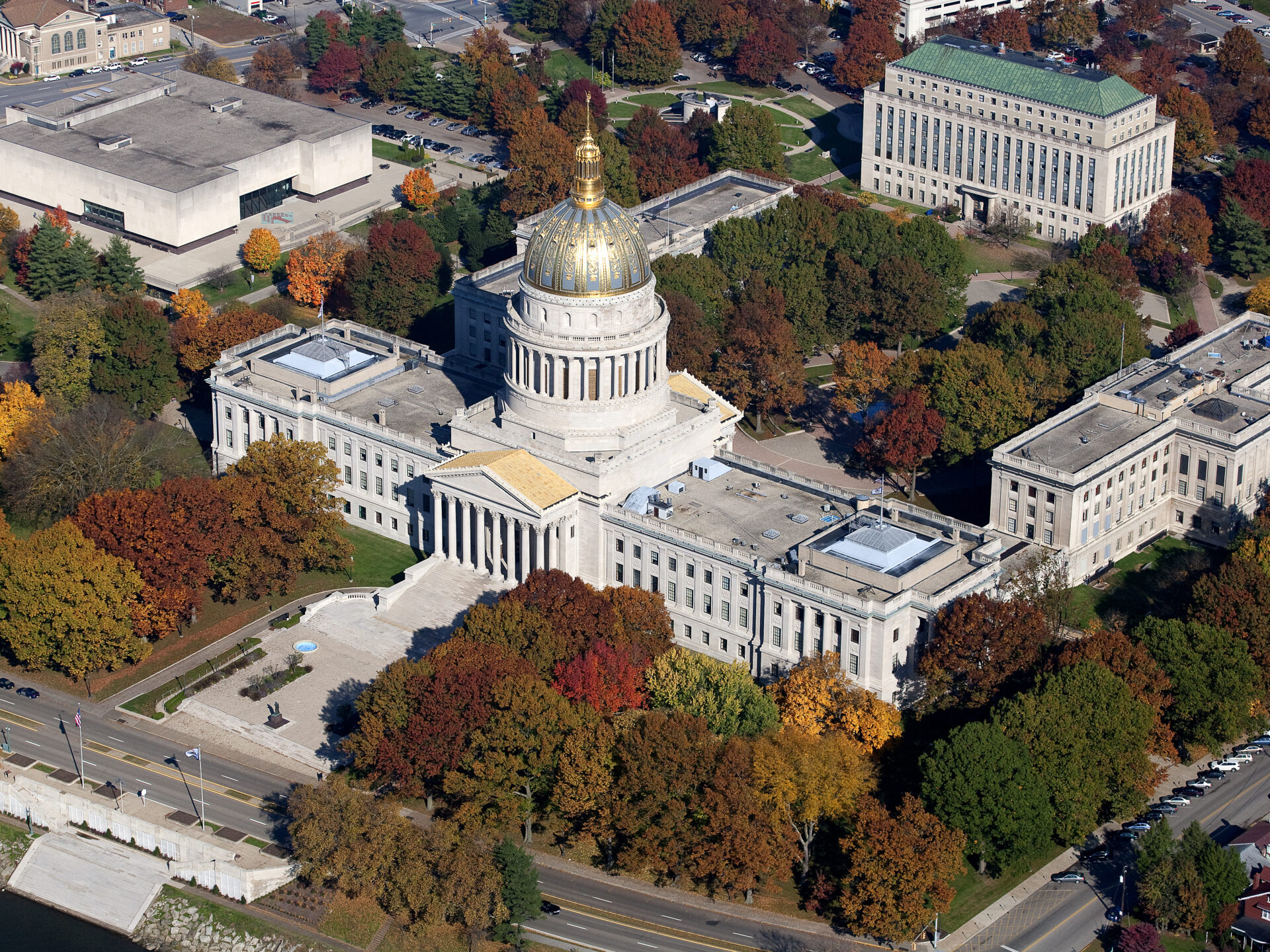This story was originally published on npr.org and was co-written by Briana Heaney, Jason Rosenbaum, Morgan Watkins and Katarina Sostaric.
West Virginia’s Republican-supermajority Senate approved a bill that would require public schools to show a video on fetal development produced by an anti-abortion rights group.
The bill, referred to as the “Baby Olivia” bill, would require public schools to show a three-minute, high-definition video showing the “development of the brain, heart, sex organs, and other vital organs in early fetal development” to eighth graders and tenth graders.
The video is produced by Live Action, an anti-abortion rights advocacy group that produces media content. It begins by showing a sperm and egg meeting, followed by a flash of light and a narrator saying, “this is where life begins, a new human being has come into existence.”
It goes on to show the development of “Baby Olivia”, and what the fetus is capable of doing at each step in the gestational development.
Live Action says the video uses animation to portray the “miracles of early fetal development as an education tool.” But the video has come under criticism by legislators and advocacy groups over questions of medical accuracy and whether it’s appropriate to show to students.
Lila Rose, the founder of Live Action, says the video was made with a team of medical experts from the American Association of Pro-Life Obstetrics and Gynecology.
“This is when we date the beginning of human life. So it’s not, like, an opinion. It’s not a belief. It’s a scientific fact,” Rose told NPR.
The American College of Obstetricians and Gynecology is strongly opposed to the video and proposed legislation.
“Like much anti-abortion misinformation, the ‘Baby Olivia’ video is designed to manipulate the emotions of viewers rather than to share evidence-based, scientific information about embryonic and fetal development,” a representative told NPR in an email. “Many of the claims made in this video are not aligned with scientific fact, but rather reflect the biased and ideological perspectives of the extremists who created the video.”
The bill received pushback not only from Democrats in the chamber, but Republicans as well.
GOP state majority leader Sen. Tom Takubo said he would not vote for the bill because there is information in the video he said is “grossly inaccurate.”
“If we’re going to codify something that we’re going to teach as fact, it needs to be fact and therefore, we’ve codified a video that is not factual,” said Takubo, who is also a practicing pulmonologist.
Takubo also criticized an amendment added to the bill that would show the video in full, including a depiction of life beginning at conception.
“One of the changes we made in the Rules Committee was to say that whatever video we teach your children, it has to be scientifically accurate. That was removed with the amendment,” Takubo said on the Senate floor.
State Sen. Mike Woelfel, a Democrat, said he worried the video is based on religious beliefs which cannot be taught in school in accordance with the establishment clause of the U.S. Constitution.
“I would gladly show that video in a Catholic school that my grandchildren attend,” he said. “But I’ve taken an oath to obey the Constitution and to uphold it.”
GOP state Sen. Charles Trump agreed that although he personally agrees that life begins at conception, he thinks “it is an imposition of what is fundamentally a religious or spiritual belief. I don’t think it is a matter of proven or established science.”
Still, the amendment passed the Senate and that language is part of the bill that now goes to the House for a vote.
Similar bills have been proposed in Iowa, Kentucky, and Missouri
Republicans in the Iowa House of Representatives passed a bill Wednesday evening that would require all schools, starting in seventh grade, to show students a video “comparable to the ‘Meet Baby Olivia’ video developed by Live Action.”
Two Republican lawmakers joined all Democrats in voting against it.
“It is not the role of our chamber to prescribe what people believe or require teachers to influence young people with propaganda,” said Democratic state Rep. Molly Buck.
Republican state Rep. Anne Osmundson said the video has been reviewed by medical experts, and schools would not be required to show that exact video.
“This is teaching basic biology to our children, and it helps to answer one of life’s biggest questions: where did I come from?” she said.
Kentucky’s version of the “Baby Olivia” measure also passed its first major hurdle this week in the state’s GOP-run legislature, after a committee cleared it for consideration by the full House of Representatives.
The bill requires public school districts’ health curriculum for grades 6 and up to include a prenatal development video.
Republican state Rep. Nancy Tate, the bill’s lead sponsor, suggested the “Baby Olivia” video is just one example of a presentation that would meet the bill’s requirements. While schools aren’t required to show that exact video, she said it will be “an easy start for school districts to use.”
A similar bill has also been introduced in Missouri that would require charter and public schools to show the ‘Baby Olivia” video developed by Live Action.
If passed, the bill would take effect during the 2024-2025 school year — and would give the state’s attorney general the power to enforce the provisions of the law.
Unlike the West Virginia bill, the Missouri bill has a ways to go. Its sponsor, state Rep. Mazzie Christensen, has clashed often with fellow GOP House Speaker Dean Plocher — who is responsible for shepherding bills to specific committees.
